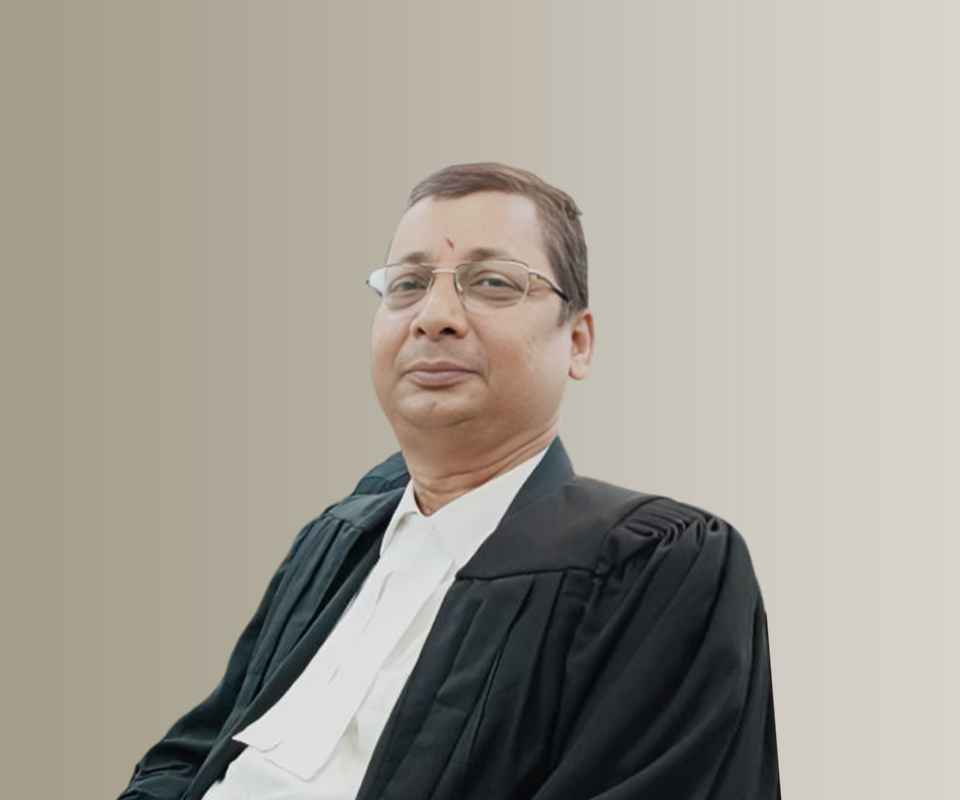Answer By law4u team
Bharatiya Nagarik Suraksha Sanhita, 2023 - Section 443: Power of High Court to Withdraw or Transfer Revision Cases
(1) Whenever one or more persons convicted at the same trial makes or make application to a High Court for revision and any other person convicted at the same trial makes an application to the Sessions Judge for revision, the High Court shall decide, having regard to the general convenience of the parties and the importance of the questions involved, which of the two Courts should finally dispose of the applications for revision. When the High Court decides that all the applications for revision should be disposed of by itself, the High Court shall direct that the applications for revision pending before the Sessions Judge be transferred to itself. Where the High Court decides that it is not necessary for it to dispose of the applications for revision, it shall direct that the applications for revision made to it be transferred to the Sessions Judge.
(2) Whenever any application for revision is transferred to the High Court, that Court shall deal with the same as if it were an application duly made before itself.
(3) Whenever any application for revision is transferred to the Sessions Judge, that Judge shall deal with the same as if it were an application duly made before himself.
(4) Where an application for revision is transferred by the High Court to the Sessions Judge, no further application for revision shall lie to the High Court or to any other Court at the instance of the person or persons whose applications for revision have been disposed of by the Sessions Judge.
Brief Detail
Section 443 of the Bharatiya Nagarik Suraksha Sanhita, 2023 outlines the authority of the High Court regarding the withdrawal or transfer of revision cases. It specifies the following key points:
- High Court's decision on which court should handle revision applications based on convenience and importance.
- The High Court can decide to handle all revision applications or transfer them to the Sessions Judge.
- Both the High Court and the Sessions Judge are to treat transferred applications as if they were originally filed in their respective courts.
- Once an application is disposed of by the Sessions Judge, no further revision application can be made to the High Court or any other court by the concerned parties.
Question & Answers
Q1: What happens if multiple persons convicted at the same trial apply for revision to different courts?
A1: The High Court will decide which court should dispose of the applications based on convenience and the importance of the questions involved.
Q2: Can the High Court transfer applications to itself?
A2: Yes, if the High Court decides to handle all applications for revision, it will direct that those pending before the Sessions Judge be transferred to itself.
Q3: How does the High Court treat transferred applications?
A3: The High Court treats transferred applications as if they were originally filed before it.
Q4: Can a person apply for revision to the High Court after the Sessions Judge has disposed of their application?
A4: No, once an application is disposed of by the Sessions Judge, no further application for revision can be made to the High Court or any other court by that person.
Example
- Scenario 1: If Person A and Person B, both convicted in the same trial, apply for revision to the High Court, while Person C applies to the Sessions Judge, the High Court will determine who should handle the case based on convenience.
- Scenario 2: If the High Court decides to take over the applications for revision from the Sessions Judge, it will process those applications as if they were originally submitted to it.
- Scenario 3: After the Sessions Judge rules on an application, the convicted parties cannot appeal to the High Court for the same revision.
Summary
Section 443 of the Bharatiya Nagarik Suraksha Sanhita, 2023 empowers the High Court to manage revision applications from individuals convicted in the same trial. It establishes procedures for determining jurisdiction between the High Court and Sessions Judge, dictates how transferred applications are handled, and restricts further revisions to the High Court after a ruling by the Sessions Judge.







